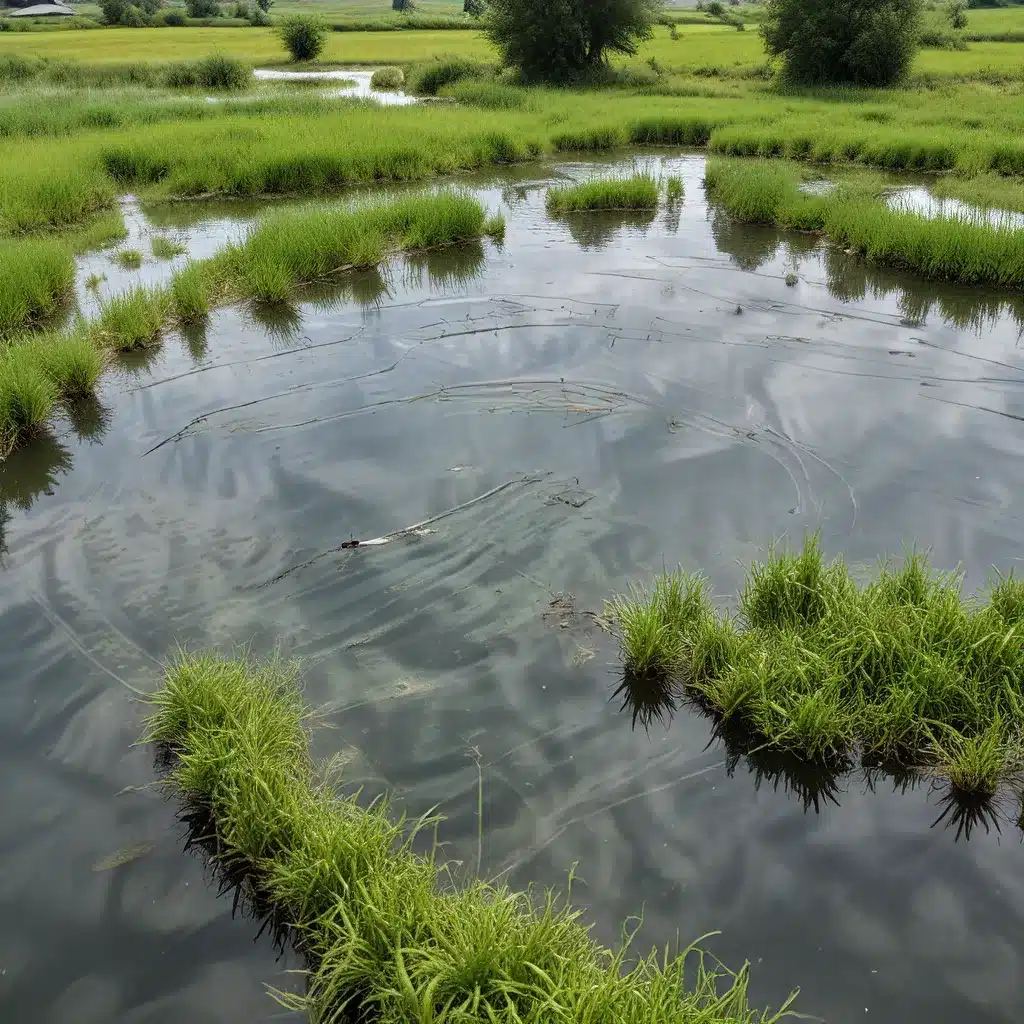
Revolutionizing Aquaculture with Sensor Networks
As the global population continues to grow, the demand for sustainable and efficient food production has become increasingly crucial. One industry that has embraced the power of sensor networks and the Internet of Things (IoT) is aquaculture, the farming of aquatic organisms such as fish, crustaceans, and mollusks. In this article, we will explore how sensor networks are transforming the aquaculture industry, enabling precision farming and optimizing sustainable practices.
Sensor networks in aquaculture have revolutionized the way farmers monitor and manage their fish populations. By strategically deploying a network of sensors throughout the aquatic environment, farmers can collect real-time data on critical parameters such as water temperature, dissolved oxygen levels, pH, and nutrient concentrations. This data is then transmitted to a central control system, allowing farmers to make informed decisions and take immediate action to maintain optimal growing conditions for their fish.
Enhancing Fish Health and Growth
One of the primary benefits of sensor networks in aquaculture is their ability to enhance fish health and growth. By continuously monitoring water quality, farmers can quickly identify and address any environmental stressors that could negatively impact the fish. This proactive approach allows them to prevent disease outbreaks and maintain a healthy, thriving fish population.
Moreover, the data collected by the sensor network can be used to optimize feeding regimes and water management. By precisely monitoring the fish’s needs, farmers can ensure they receive the right amount of nutrients and maintain the ideal water conditions for their growth and development. This not only improves the overall productivity of the farm but also reduces waste and minimizes environmental impact.
Optimizing Resource Utilization
In addition to enhancing fish health and growth, sensor networks in aquaculture also play a crucial role in optimizing resource utilization. By continuously monitoring parameters such as water quality, energy consumption, and feed usage, farmers can make data-driven decisions to reduce waste, minimize energy usage, and optimize resource allocation.
For example, sensors can monitor energy consumption in the various components of the aquaculture system, such as pumps, aeration systems, and lighting. This information can be used to identify opportunities for energy efficiency improvements, leading to reduced operational costs and a smaller environmental footprint.
Enhancing Sustainability and Regulatory Compliance
Sensor networks in aquaculture also contribute to the overall sustainability of the industry. By providing real-time data on water quality, feed usage, and waste management, farmers can demonstrate their commitment to environmentally responsible practices and comply with regulatory requirements.
This data can be used to optimize production processes, reduce the use of chemicals and antibiotics, and minimize the impact on local ecosystems. Furthermore, by sharing this data with regulatory authorities, aquaculture farmers can build trust and transparency with the community, positioning their operations as sustainable and environmentally-conscious.
Ensuring Biosecurity and Data Security
As with any IoT-enabled system, data security and biosecurity are critical considerations in the deployment of sensor networks in aquaculture. Farmers must ensure that their sensor network infrastructure is protected from cyber threats, such as hacking, data breaches, and unauthorized access.
Robust security protocols, such as encryption, authentication, and access control, are essential to safeguard the sensitive data collected by the sensor network. Additionally, redundancy and backup systems should be in place to ensure the reliability and continuity of the aquaculture operations in the event of a security breach or system failure.
The Future of Aquaculture: Integrating Sensor Networks and AI
As the aquaculture industry continues to evolve, the integration of sensor networks with advanced analytics and artificial intelligence (AI) is poised to take precision farming to new heights. By leveraging machine learning algorithms to analyze the vast amounts of data collected by the sensor network, farmers can gain even deeper insights into their fish populations and make more informed, data-driven decisions.
For example, AI-powered predictive models can help farmers anticipate and prevent disease outbreaks, optimize feeding schedules, and identify opportunities for improving energy efficiency. Furthermore, autonomous control systems guided by AI can dynamically adjust water parameters, aeration, and other critical functions to maintain optimal growing conditions for the fish.
As we look to the future, the widespread adoption of sensor networks and IoT technologies in aquaculture will play a pivotal role in enhancing sustainability, improving productivity, and ensuring food security for the growing global population. By embracing these innovative solutions, the aquaculture industry can continue to drive progress, foster environmental stewardship, and meet the evolving demands of the 21st century.